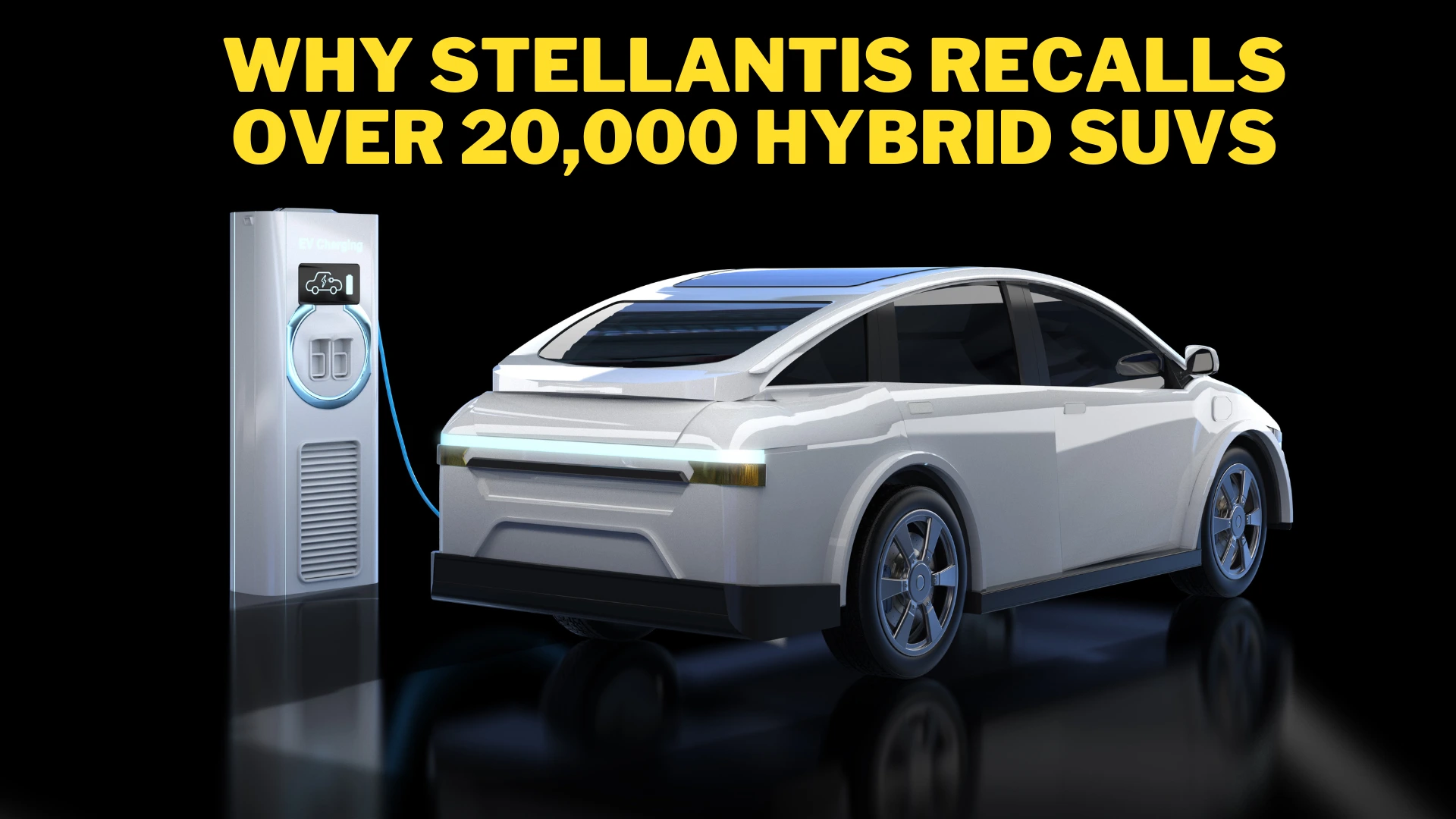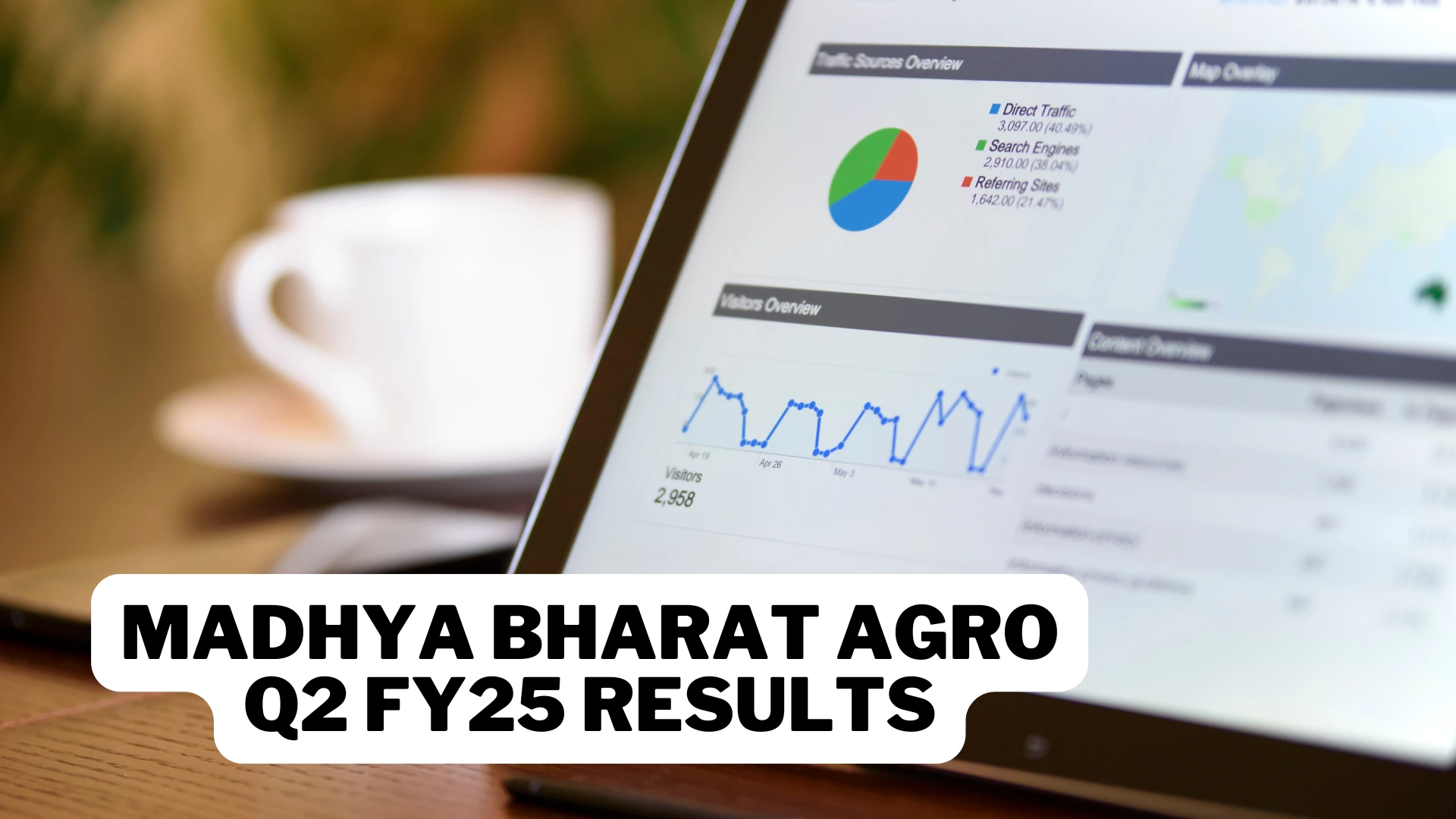The concept of autonomous vehicles is no longer confined to science fiction. With major advancements in self-driving technology, the idea of robotaxis—driverless cars that can be hailed via an app—seems closer than ever.
Among the frontrunners in this emerging field is Tesla, led by the visionary Elon Musk. However, while Tesla has created excitement around its robotaxi project, questions remain about its readiness and whether it’s truly worth the anticipation.
The Promise of Robotaxis
Robotaxis, if fully realized, could revolutionize transportation. They offer a host of benefits, from reducing the number of personal vehicles on the road to making rides more affordable and accessible.
By eliminating the need for human drivers, these vehicles promise enhanced safety, reduced traffic congestion, and the ability for passengers to focus on other activities during their commute—be it working, reading, or simply relaxing.
Timelines: When Can We Expect Robotaxis?
Despite the promise, the timeline for large-scale deployment of robotaxis remains uncertain. A 2023 survey by McKinsey found that industry executives believe robotaxis will be available at scale by 2030.
However, this projection marks a two-to-three-year delay compared to similar predictions made in 2021.
The reality is that developing reliable, fully autonomous vehicles involves overcoming significant technological and regulatory hurdles.
Even companies like Tesla, known for pushing boundaries, are not immune to these challenges.
The Growing Robotaxi Market
While the technology may still be in development, the robotaxi market is projected to grow exponentially. In 2023, the market size was valued at $1.73 billion.
By 2034, it’s expected to skyrocket to an astounding $188.91 billion. This rapid expansion is driven by the increasing investment in autonomous vehicle technology, coupled with growing consumer interest in alternative transportation solutions.
Tesla’s Vision for Robotaxis
Tesla has been at the forefront of self-driving innovation with its Full Self-Driving (FSD) technology. The company’s robotaxi is expected to boast impressive capabilities, including a range of 300–400 miles per charge.
In line with Tesla’s commitment to innovation, its robotaxis may incorporate lithium iron phosphate (LFP) batteries, known for their affordability, durability, and safety compared to other battery types.
Additionally, Tesla is exploring inductive charging, a technology that could allow cars to charge wirelessly—eliminating the need for manual plug-ins and making the charging process more automated and efficient.
However, while Tesla’s robotaxi concept is compelling, there are doubts about its readiness for widespread deployment.
Autonomous vehicles must navigate complex environments with precision and reliability, and achieving that level of sophistication remains a work in progress.
Charging and Range: The Technical Details
Tesla robotaxis will likely feature advanced charging capabilities. Reports suggest that these vehicles could charge to 80% capacity in just 30 minutes, making them viable for short, frequent trips—essential for ride-hailing services.
The use of LFP batteries not only provides better longevity but also ensures cost efficiency, helping Tesla deliver an affordable robotaxi service.
Moreover, the integration of inductive charging could be a game-changer for Tesla’s robotaxis.
This technology allows for wireless energy transfer between the car and the charging station, which would be especially useful for a fleet of autonomous vehicles that need to recharge without human intervention.
By improving the efficiency and convenience of charging, Tesla aims to solve one of the most critical issues in the widespread adoption of robotaxis.
Ark Invest’s Bold Projections
Tesla’s robotaxi ambitions have garnered significant attention from investors. Ark Invest, an influential investment management firm, has made bold predictions regarding Tesla’s future.
According to their estimates, by 2029, a staggering 90% of Tesla’s earnings and enterprise value will come from its robotaxi business.
This projection underscores the belief that robotaxis could become a major driver of Tesla’s growth in the coming years.
While Ark Invest’s optimism is shared by many Tesla enthusiasts, skeptics argue that these forecasts may be overly ambitious, given the uncertainties surrounding the technology and regulatory approval.
Is Tesla’s Robotaxi Hype Justified?
Tesla’s robotaxi initiative represents an exciting leap forward in transportation. The idea of fully autonomous vehicles picking up passengers and operating seamlessly is undeniably futuristic.
However, there are reasons to approach the hype with caution.
- Technological Readiness: While Tesla’s FSD technology has made significant strides, achieving full autonomy is a complex challenge. Robotaxis must be capable of operating safely and reliably in unpredictable real-world conditions without human oversight. Tesla still has work to do before its robotaxis are ready for mass deployment.
- Regulatory Challenges: Even if Tesla perfects the technology, regulatory approval is another major hurdle. Governments around the world are still grappling with how to regulate autonomous vehicles, and different regions have different standards. This could delay the widespread rollout of robotaxis.
- Competition: Tesla isn’t the only player in the autonomous vehicle market. Companies like Waymo (owned by Alphabet) and General Motors’ Cruise are also making significant progress in developing robotaxi services. Waymo is considered by many to be further ahead in terms of technological capability. The competition in this space is fierce, and Tesla will need to deliver on its promises to stay ahead.
The Future of Tesla Robotaxis
While Tesla’s robotaxi project is still in its early stages, it has the potential to transform urban mobility.
The combination of autonomous driving technology, advanced battery systems, and wireless charging could make Tesla’s robotaxi service a convenient and sustainable option for commuters.
However, the road to achieving this vision is fraught with challenges.
For now, Tesla’s robotaxi remains a promising concept rather than a reality. If the company can overcome the technical and regulatory hurdles, it could indeed revolutionize the transportation industry.
Until then, investors and consumers alike should manage their expectations and keep an eye on the broader autonomous vehicle landscape.
Conclusion: Worth the Wait?
Tesla’s robotaxi promises a future where commuting is effortless and efficient. However, while the vision is compelling, it’s important to acknowledge the challenges that lie ahead.
From technological advancements to regulatory approval, several factors will determine whether Tesla’s robotaxi is truly worth the wait.
Until then, the promise of a fully autonomous ride-hailing service remains an exciting but distant possibility.










